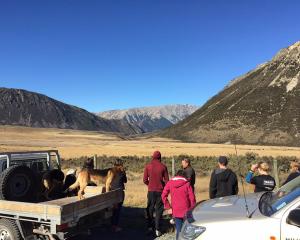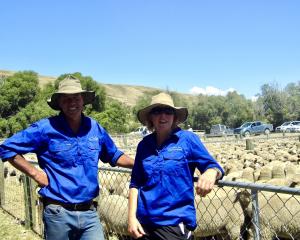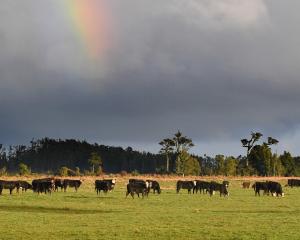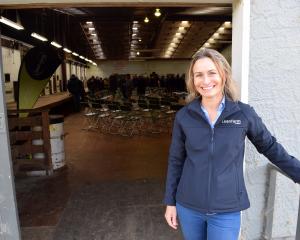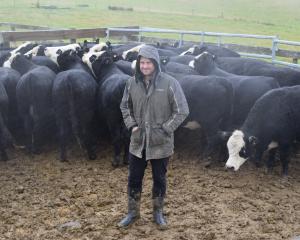Beef + Lamb New Zealand intends rolling out biosecurity workshop events to help farmers start and improve their on-farm biosecurity plans.
Research by the industry-good organisation showed more than half the country's sheep and beef farmers have made changes to reduce the risk of their stock becoming infected with Mycoplasma bovis.
About 57% of farmers surveyed reported they had taken precautions against the bacterial cattle disease while 71% felt they had a high level of knowledge on how to protect their stock from it.
About a third of those surveyed had implemented a buffer zone between them and their neighbours' stock, as well as communicating with their neighbours about stock on the boundary.
Other changes identified by farmers included an increased focus on yard hygiene and not buying calves or cattle this year because of concerns about infection.
Those farmers who had made new or no changes because of the disease outbreak were predominantly farmers who ran closed or isolated systems, or were sheep farmers with no cattle.
The survey also identified areas where more support could be provided to farmers. Forty-one percent indicated they had or were working on a biosecurity plan for their farm, while farmers were also requesting more up-to-date tracking information on the spread of the disease.
A significant number were looking to implement a plan but were not sure where to start.
B+LNZ general manager policy and advocacy Dave Harrison said the incursion reinforced the need for every farm to have an active biosecurity plan in place.
The Ministry for Primary Industries' latest update showed a second farm in the Tasman district had been confirmed as an infected property, while two more previously infected Canterbury farms had their IP status revoked.
Last week, the Mycoplasma bovis strategic science advisory group brought together about 75 people for a workshop to develop the science plan that would prioritise M bovis eradication research and help inform science funding decisions.
Participants included local and international specialists from science, veterinary and education organisations, industry, and government agencies. The plan would be published and made available to the public later this year.
BNZ's latest Rural Wrap said the bank continued to monitor developments around the eradication plan with interest.
While the eradication was expected to have little impact on the total cattle slaughter, the bank remained conscious of other negative influences stemming from the disease including elevated uncertainty, dents to confidence and morale, rising costs, and loss of efficiency as a result of restricted cattle movement.


